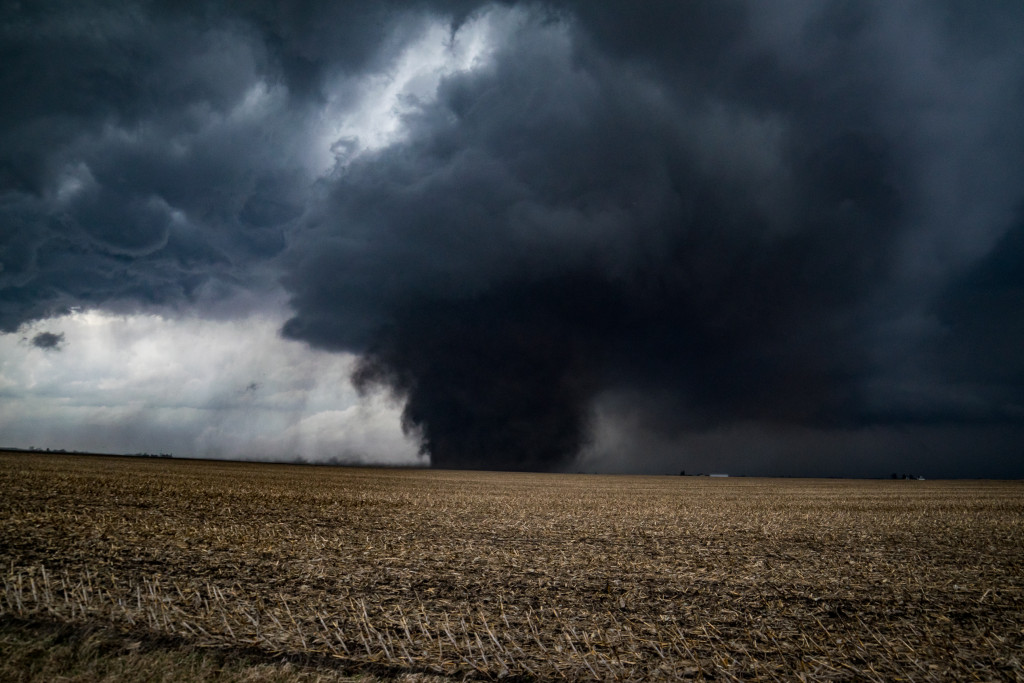- Consider renting a jet ski first to test the waters and compare long-term savings to purchase.
- Refueling must take place away from open flame or sparking sources to avoid fire hazards.
- Make sure to have all necessary safety equipment on board the jet ski at all times.
- Check the weather forecast before going out to predict potential risks or hazards accurately.
Jet skiing is an exhilarating and fun way to spend a day on the water, but it’s important to keep safety in mind. Before you jump on your jet ski for some high-speed fun, there are several things that you should consider.
From knowing the rules of the waterways to understanding how to maintain your jet ski properly, taking these precautions will help ensure your safety and enjoyment while out on the open water. Here are a few critical factors you should consider before heading out for a day of jet skiing.
Secure your jet ski
Rent a jet ski
Jet skiing can be a great way to get out on the water and have fun! While you can purchase your jet ski, you should consider renting one first. This way, you’ll have the chance to test it out to see if jet skiing suits you.
When renting, search for boat rentals that offer jet skis as part of their services. It’s also essential to ensure that they provide safety training and information on proper jet ski operation before heading out onto the water. With a bit of research upfront, renting a jet ski can lead to long-term savings in addition to being an enjoyable recreational activity.
Inspect your jet ski
It is important to thoroughly inspect your jet ski every time you take it out on the water. Not only should you look for any visible signs of damage or wear and tear, but you should also check for any loose nuts and bolts and any parts that appear cracked or damaged. Start the engine and test the battery and all other mechanical components.
You should do this inspection in a safe location, such as in an area with no hazardous objects or rocky waters. Once your jet ski has been given the green light, hop on board and make sure that all safety precautions are taken – life jackets on, kill switch latched, etc. Taking a few moments to inspect for any damages can save you time and heartache in the long run – keeping you more safe out on the waves!
Refuel your jet ski away from open flame sources or sparks
Refueling your jet ski is an integral part of maintaining your watercraft. Refueling away from any open flame, sparks, or other sources of ignition. This is because when pumping fuel into the tank, it can form a highly flammable vapor within the fueling area which can prove dangerous if ignited.
Therefore, always ensure that you are at least 10 feet away from open flame and spark sources, such as lit grills or campfires, before refueling your jet ski. Additionally, ensure not to overfill the tank by checking how full it is and then stop once it reaches the fill line. Doing so will help you avoid any fuel overflow that could also cause enhanced fire hazard risk.
Familiarize yourself with basic operating instructions
Taking the time to familiarize yourself with basic operating instructions for jet skiing can be beneficial. Knowing the proper operating procedures will increase your safety while on the water and allow you to enjoy yourself more confidently, knowing that you have a handle on the craft.
Taking a safety course is one of the best ways to learn about jet skiing and what’s required for safe and enjoyable use. If unavailable, reading an online handbook or user manual can significantly improve your ability to remain safe and have fun while on the water. Furthermore, talking to an experienced jet skier who can offer advice or tips on adequately operating a jet ski can also be invaluable in ensuring that you stay safe, enjoy your experience and get the most out of it.
Make sure to have all safety equipment on board.

When jet skiing, it is essential to ensure all necessary safety equipment is on board. Suitable protective clothing, such as a wetsuit or life jacket, must be worn and accessible by each person in the boat. This provides much-needed protection from harmful UV rays and acts as an additional layer of protection should they fall into the water.
Any extra safety gear, such as fire extinguishers, air horns, flares, and navigation lights, should be stored securely in the boat. A competent crew member should also check the craft before setting off to ensure that essential cords and connections are intact and all fuel tanks are full before going out onto open waters.
Check the weather forecast before going out.

Before hitting the water for any outdoor activity, it’s always smart to check the local weather forecast. In particular, a sudden change in weather can be perilous when jet skiing. Checking up on temperatures, wind direction, and speed, as well as waves and precipitation levels, can help you stay safe while still having an enjoyable time out on the open water.
Plus, it’ll let you know how to prepare and choose the right type of clothing or equipment for your excursion. To obtain the most accurate forecast for your area, take a look at multiple sources like official government websites or local news outlets with reliable meteorologists. That way you’ll be able to predict any potential risks that come with jet skiing and adjust accordingly.
These are just a few of the key things you should consider before jet skiing. Following these precautions will help ensure your safety as well as your enjoyment while out on the open water. So take the time to check and maintain your jet ski, familiarize yourself with operating instructions, and inspect all necessary safety equipment before heading out for an adventure.

